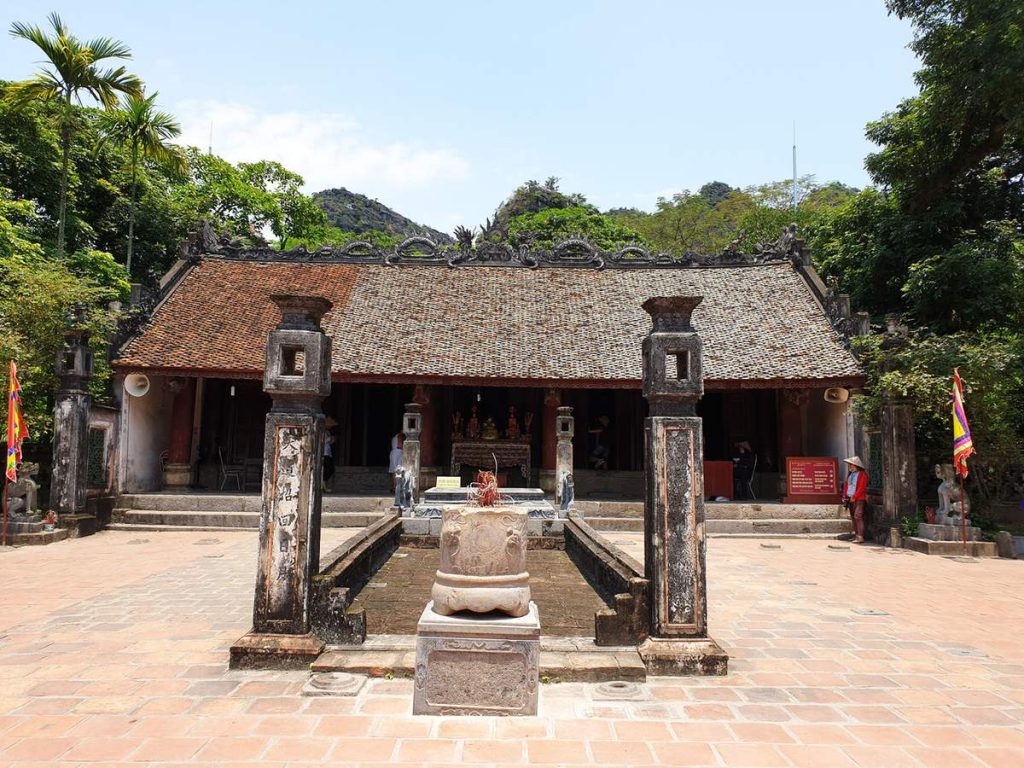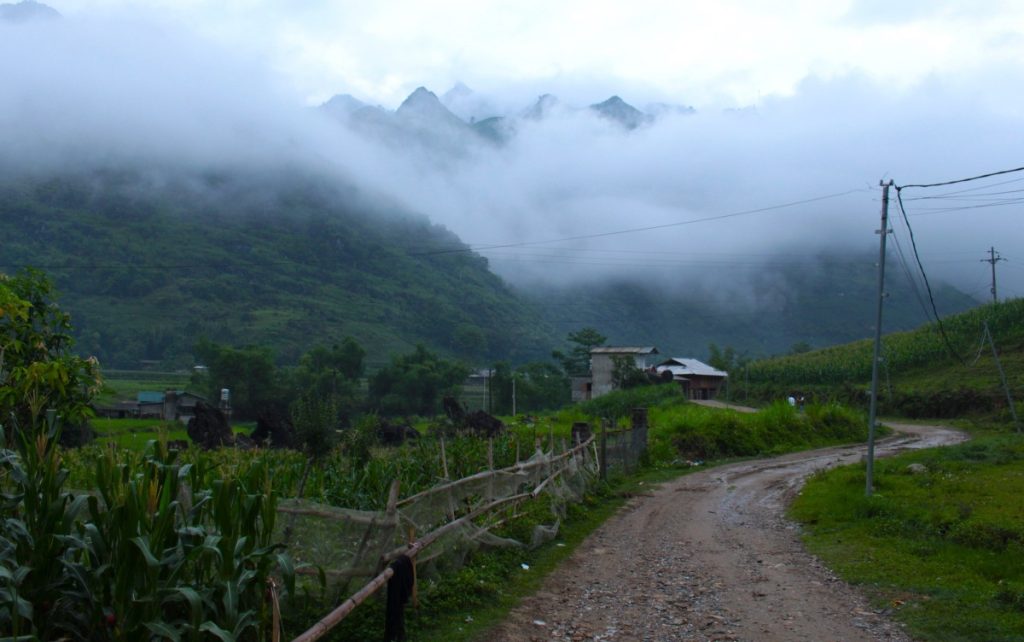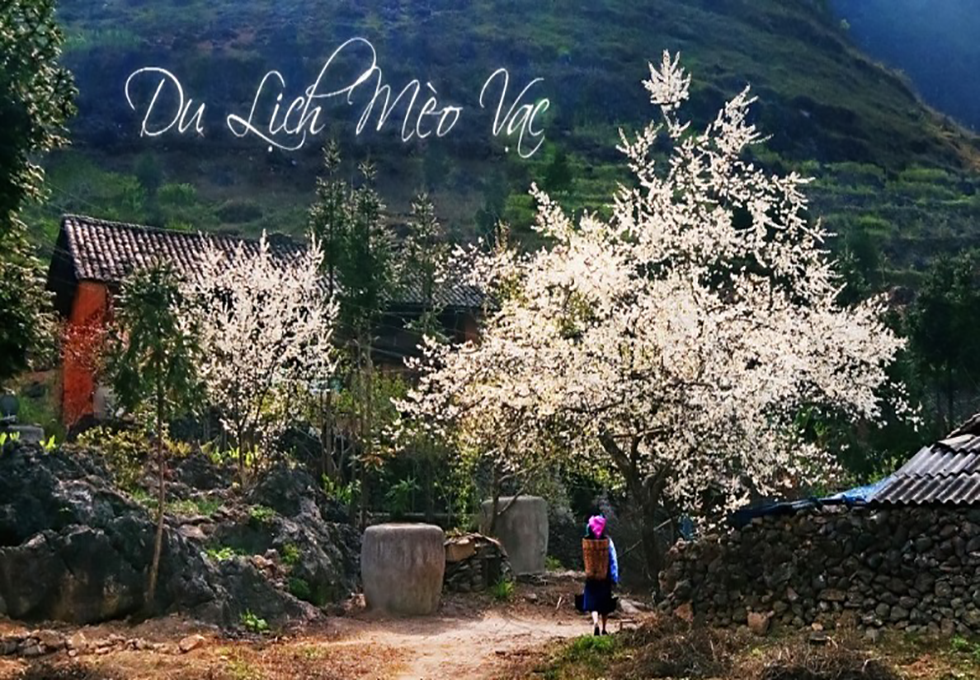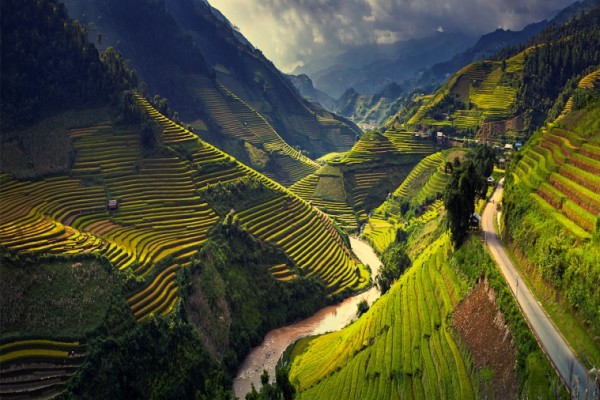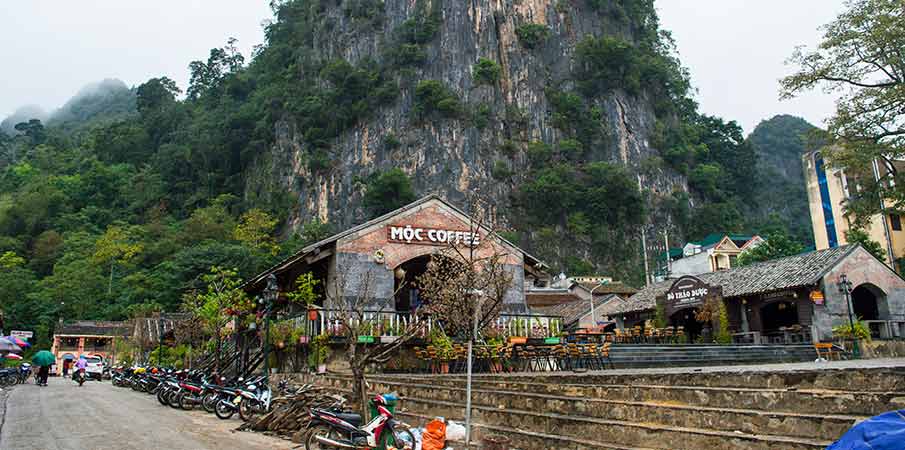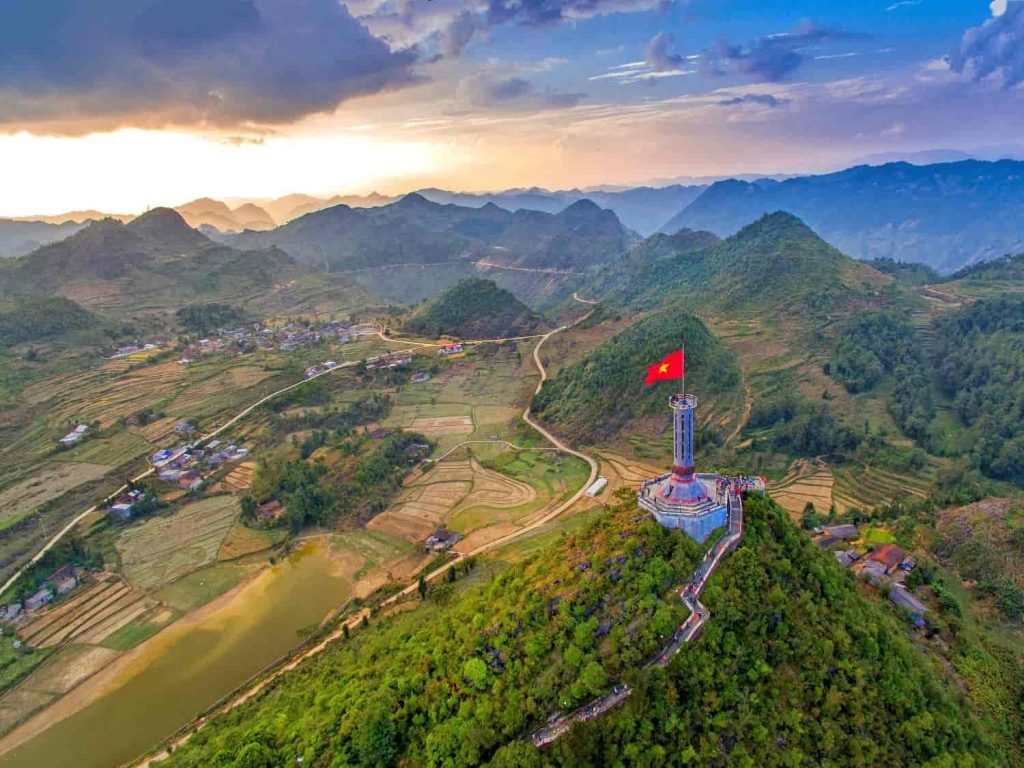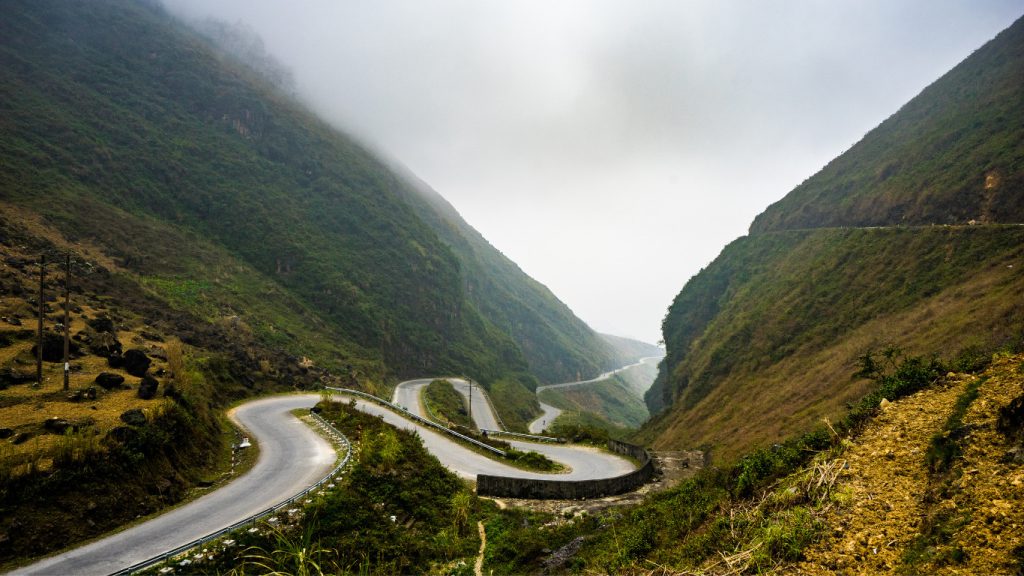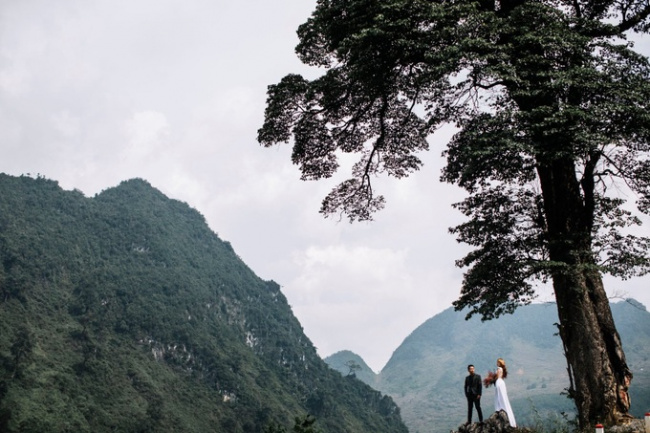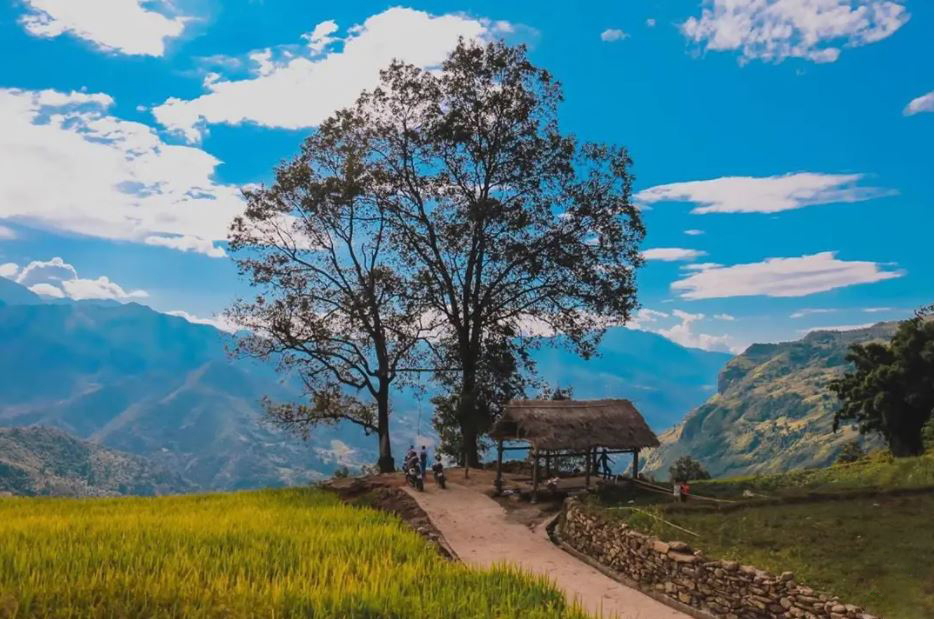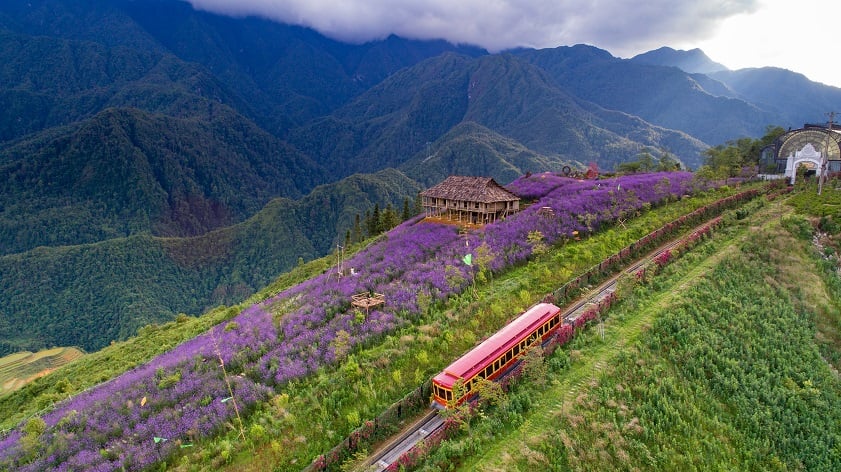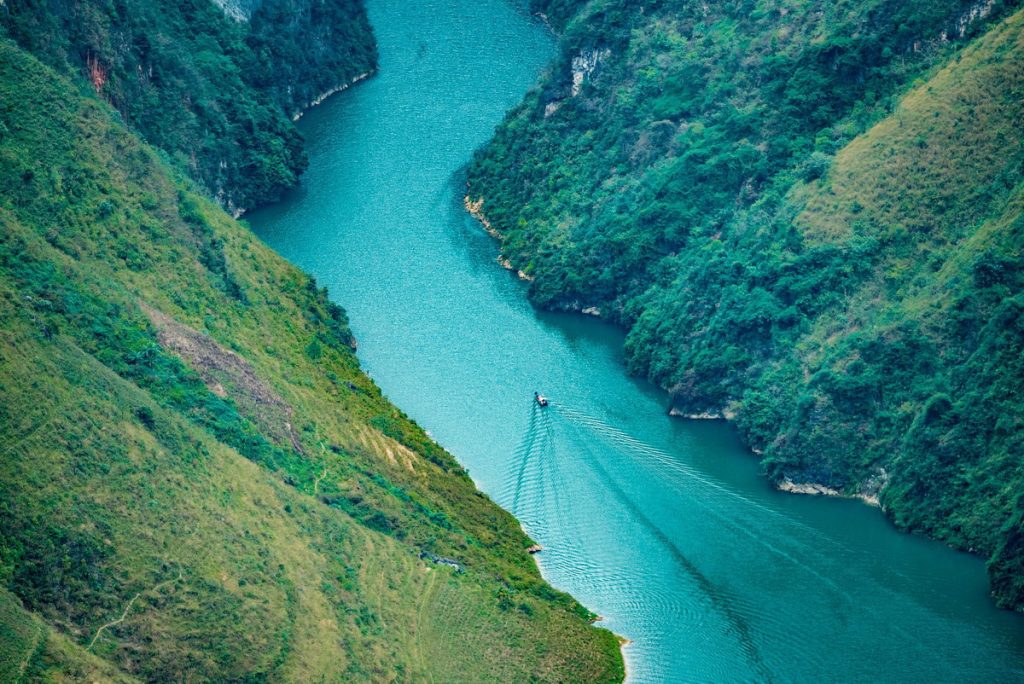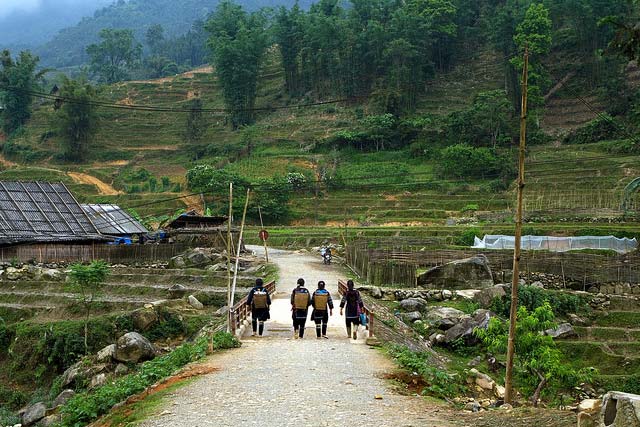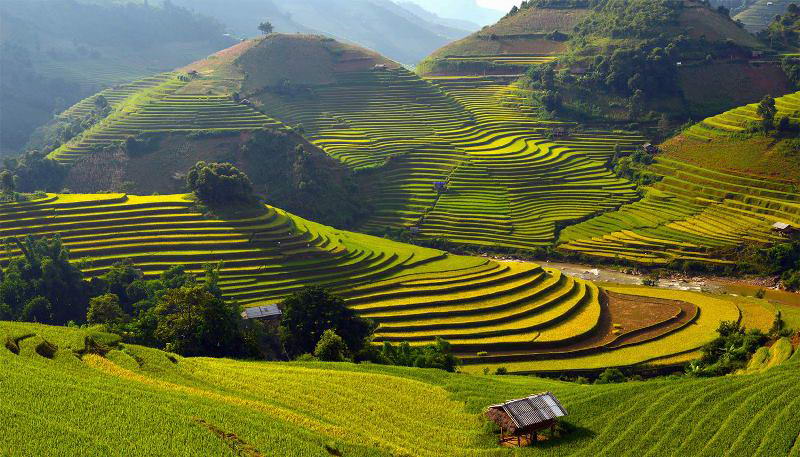Ninh Binh A guide basic for the trip
Ninh Binh Province, located south of Hanoi in northern Vietnam, is renowned for its scenic limestone landscapes, historical sites like Hoa Lu Ancient Capital, and natural attractions such as Tam Coc-Bich Dong and Cuc Phuong National Park. It’s famous for resembling “Ha Long Bay on land” and offers rich cultural heritage, diverse agriculture with rice paddies, and delicious local cuisine featuring specialties like mountain goat meat and river fish dishes.
I. When is the best time to visit Ninh Binh Vietnam?
The best time to visit Ninh Binh, Vietnam, is during the dry season, which typically runs from November to April. This period offers pleasant weather with cooler temperatures, making it ideal for exploring the outdoor attractions such as Tam Coc-Bich Dong, Trang An, and Cuc Phuong National Park.
- November to April: This period is dry and cooler, with temperatures ranging from mild to warm. It’s suitable for activities like boat trips along the rivers, hiking, and exploring the historical and cultural sites without the discomfort of heavy rains or high humidity.
- May to October: These months constitute the wet season in Ninh Binh, characterized by frequent rainfall and higher humidity. While the landscapes are lush and green during this time, heavy rains can sometimes disrupt outdoor activities like boat rides and trekking.
Choosing to visit during the dry season maximizes your chances of enjoying clear skies, comfortable temperatures, and better conditions for exploring Ninh Binh’s natural beauty and historical treasures.
II. What to see in Ninh Binh Vietnam
Ninh Binh Province in Vietnam offers a wealth of natural beauty, historical sites, and cultural experiences. Here are some must-see attractions in Ninh Binh:
- Tam Coc-Bich Dong: Known as the “Halong Bay on land,” Tam Coc-Bich Dong features stunning limestone karsts and winding rivers. Visitors can take a boat trip through rice paddies and caves, enjoying the scenic landscape.
- Trang An Landscape Complex: A UNESCO World Heritage site, Trang An offers boat tours through a network of caves, valleys, and rivers surrounded by towering limestone cliffs. It’s known for its natural beauty and historical significance.
- Hoa Lu Ancient Capital: This ancient capital of Vietnam from the 10th and 11th centuries features temples, pagodas, and ancient architecture amidst picturesque landscapes. It’s a significant historical site and a cultural gem.
- Cuc Phuong National Park: Vietnam’s oldest national park, Cuc Phuong is home to diverse flora and fauna, including rare species like langurs and giant butterflies. It offers hiking trails, botanical gardens, and the Endangered Primate Rescue Center.
- Bai Dinh Pagoda: One of the largest Buddhist pagodas in Vietnam, Bai Dinh Pagoda complex includes ancient and new temples, statues, and a massive bronze Buddha statue. It’s a place of spiritual significance and impressive architecture.
- Mua Cave: Known for its panoramic views of Tam Coc and the Ninh Binh countryside, Mua Cave requires a climb of over 500 steps to reach the viewpoint. The effort is rewarded with breathtaking vistas.
- Van Long Nature Reserve: A lesser-known gem, Van Long is a wetland nature reserve with limestone mountains, caves, and a tranquil atmosphere. Boat rides here offer a chance to spot wildlife like monkeys and various bird species.
- Phat Diem Cathedral: A unique blend of Vietnamese and European architectural styles, Phat Diem Cathedral is a cultural and religious landmark featuring ornate stone carvings, wooden beams, and intricate pagodas.
- Thung Nham Bird Garden: An ecotourism site known for its diverse bird species, Thung Nham offers boat tours through caves and around lotus ponds, ideal for birdwatching and enjoying peaceful natural surroundings.
These attractions make Ninh Binh a captivating destination for nature lovers, history enthusiasts, and those seeking a glimpse into Vietnam’s rich cultural heritage.
III. How to get to Ninh Binh from Hanoi
To travel from Hanoi to Ninh Binh, you have several convenient options:
- By Train:
– Departure: Trains depart from Hanoi’s main railway station, Hanoi Railway Station (Ga Hà Nội).
– Travel Time: The journey typically takes around 2 to 3 hours, depending on the type of train (express or regular).
– Advantages: Trains are comfortable and provide scenic views of the countryside. They offer different classes of seating, including soft seats and hard seats.
- By Bus:
– Departure: Buses depart from various bus stations in Hanoi, such as Giap Bat or My Dinh Bus Station.
– Travel Time: The bus journey takes approximately 2 to 3 hours, depending on traffic and the type of bus (express or regular).
– Advantages: Buses are a convenient and cost-effective option. They operate frequently throughout the day.
- By Private Car or Taxi:
– Departure: Private cars or taxis can be hired from Hanoi to Ninh Binh.
– Travel Time: The journey by car or taxi typically takes around 2 to 3 hours, depending on traffic conditions.
– Advantages: This option offers flexibility and comfort, especially if traveling with luggage or wanting to stop at attractions along the way.
By the way, a new beautiful place called Ha Giang loop which is very interesting, check this out: https://www.getyourguide.com/hanoi-l205/from-hanoi-3-day-ha-giang-loop-small-group-t739208
For Lan Ha Bay & Halong Bay trip, check this out: https://www.getyourguide.com/ha-long-l119790/from-ha-noi-2-day-lan-ha-ha-long-bay-5star-with-balcony-t739040/
Or https://www.tripadvisor.com/AttractionProductReview-g3737857-d28097153-Lan_Ha_Bay_Ha_Long_Bay_5_Stars_Private_balcony_2_days_trip-Tuan_Chau_Island_Halon.html

